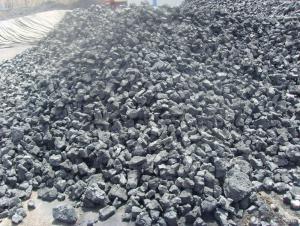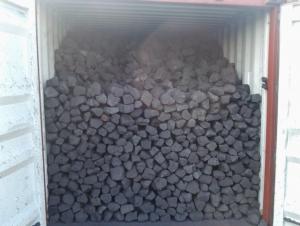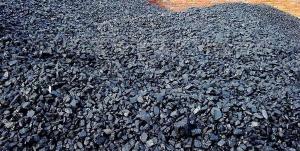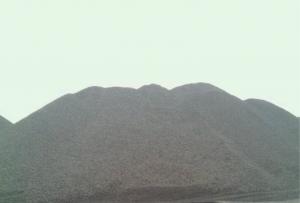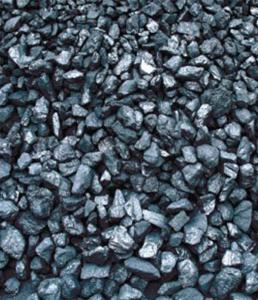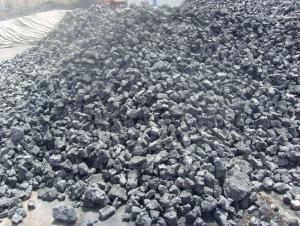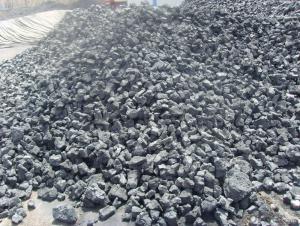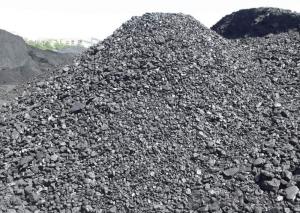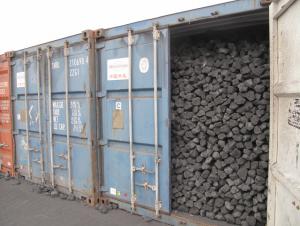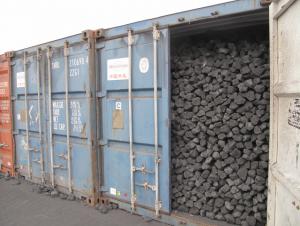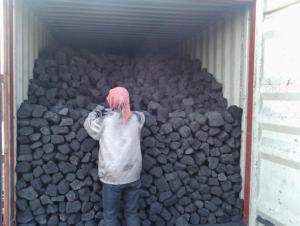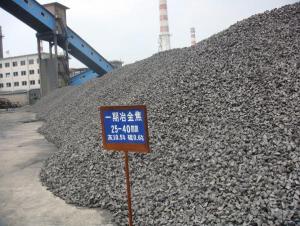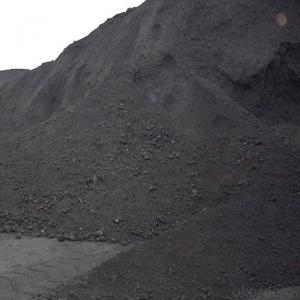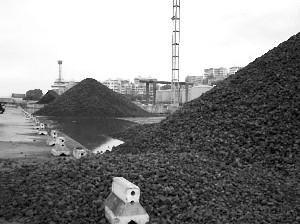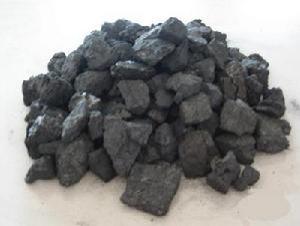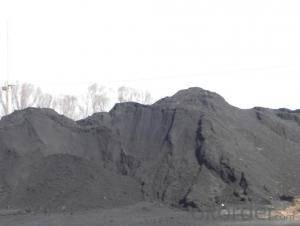CNBM Met Coke of 30 -- 80 mm
- Loading Port:
- Tianjin
- Payment Terms:
- TT OR LC
- Min Order Qty:
- 100 m.t.
- Supply Capability:
- 3000 m.t./month
OKorder Service Pledge
OKorder Financial Service
You Might Also Like
1. Structure of CNBM Met Coke of 30 -- 80 mm Description:
Coke is made by high temperature metallurgical coke for blast furnace smelting, casting and gasification. Occurring in the process of coking after recovery and purification of coke oven gas is a high calorific value of fuel, is an important industrial raw material in organic synthesis.
Coke is mainly used for blast furnace ironmaking and used for copper, lead, zinc, titanium, antimony, mercury and other non-ferrous metal smelting of blast furnace, reducing agent, compound and the function of stock column frame.
Blast furnace with Coke instead of charcoal, which laid a foundation for the large-scale of modern blast furnace, is a major milestone in the history of metallurgy.
On China's coke production distribution, the regional distribution imbalance of coking enterprises, mainly distributed in north China, east China and northeast China.
2. Main Features of the CNBM Met Coke of 30 -- 80 mm :
• Quality assurance
• Mutual benefit
• Preferential price
• Various choice
3. CNBM Met Coke of 30 -- 80 mm Images:
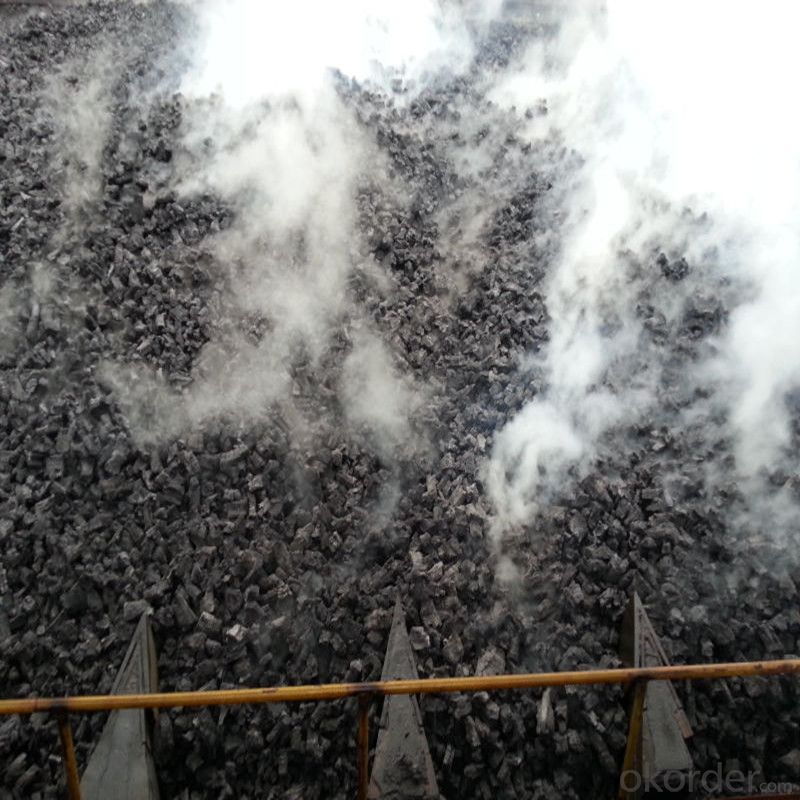
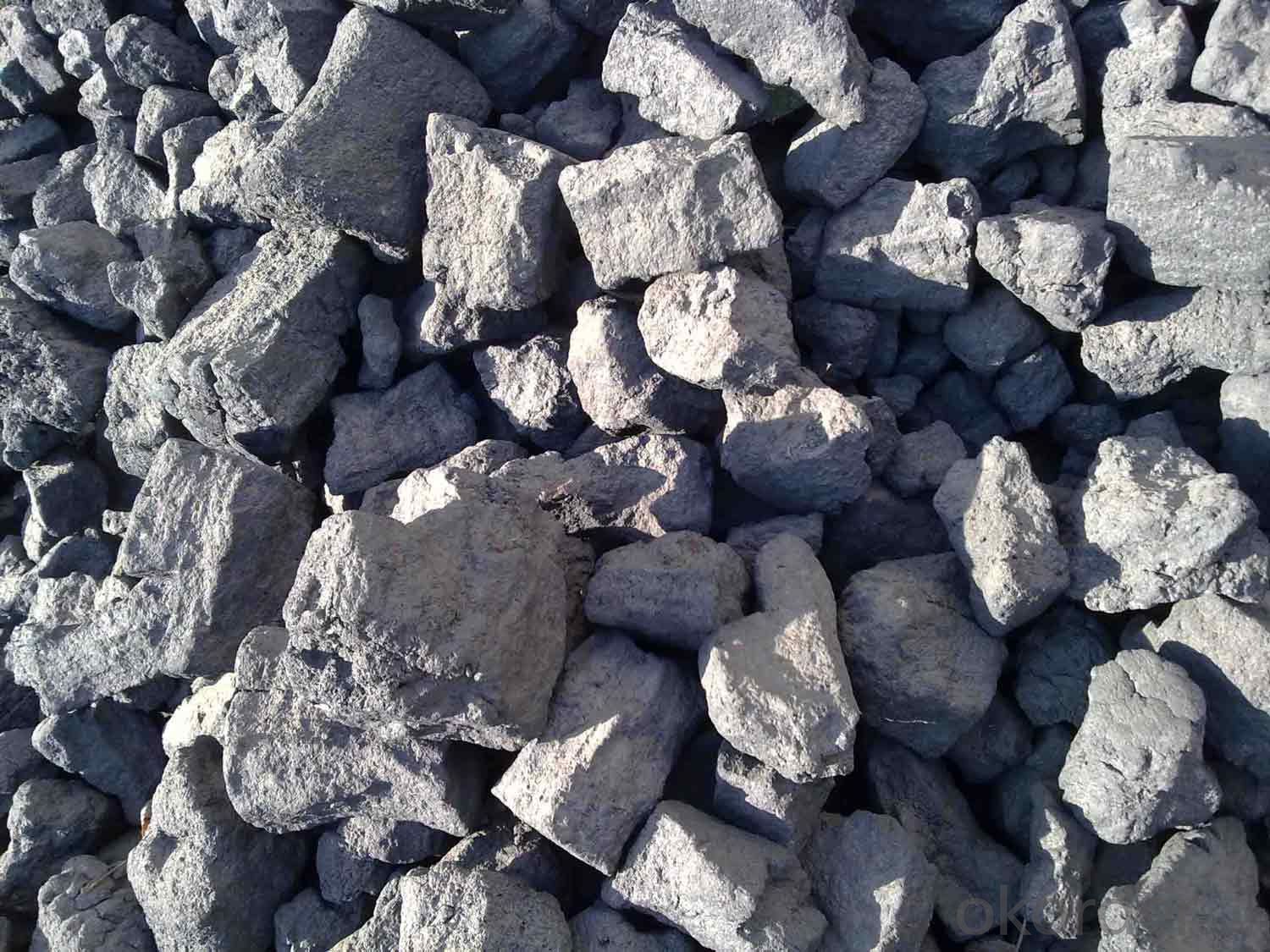
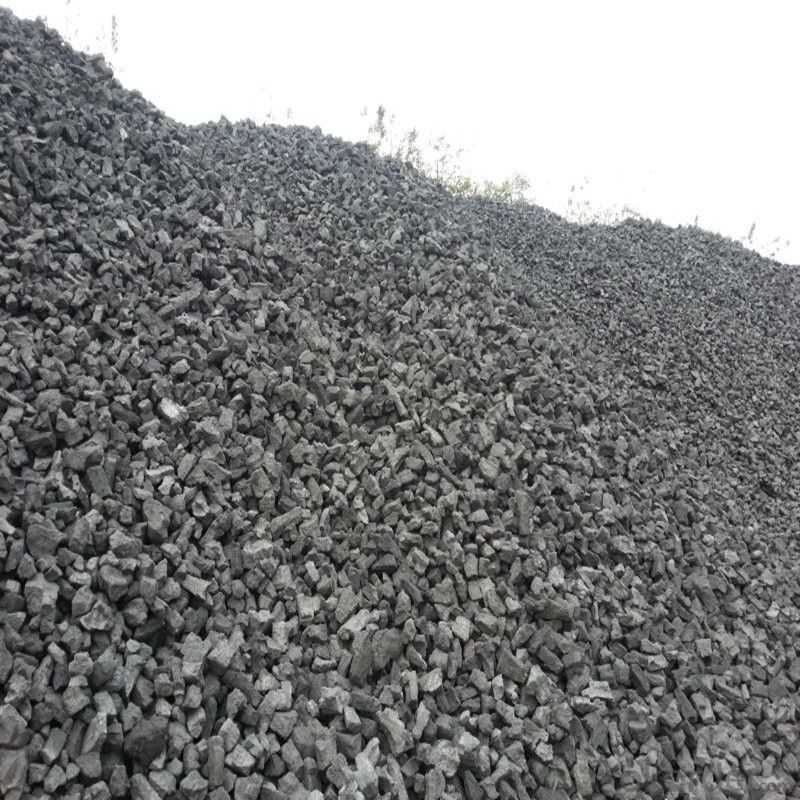
4. CNBM Met Coke of 30 -- 80 mm Specification:
Parameters | Ash(DB) | Sulphur (DB) | CSR | Size 30-80mm | +80mm | -30mm |
Guarantee | 12.5%max | 0.7%max | 62%min | 90%min | 5%max | 5%max |
5. FAQ
We have organized several common questions for our clients,may help you sincerely:
1) How to guarantee the quality of the products?
We have established the international advanced quality management system,every link from raw material to final product we have strict quality test;We resolutely put an end to unqualified products flowing into the market. At the same time, we will provide necessary follow-up service assurance.
2) What are coke's main physical properties?
on the relative density of density, coke, coke porosity, thermal conductivity for the heat capacity of coke, coke, coke, coke ignition temperature, coke thermal expansion coefficient of thermal stress and coke, coke shrinkage rate, coke resistivity permeability, etc.
The average heat capacity is 0.808 kj/(KGK) (100 ℃), 1.465 kj/(KGK) (1000 ℃)
Thermal conductivity is 2.64 kj/(MHK) (room temperature), 6.91 kj/(MHK) (900 ℃);
Ignition temperature (air) is 450-650 ℃.
3) How about your company?
Our company began to export coke when China cancelled 40% of coke export tariffs and quotas on January 1, 2013. We export many kinds of coke, such as CSR60 % and CSR 62% metallurgical coke (met coke), the NUT coke of 20 to 50 mm, coke breeze of 3 to 6 mm, and so on.
- Q:The difference between coal and coke
- The semi coke production tend to low temperature carbonization, distillation temperature at 600 degrees Celsius, due to a late start, at present the low temperature carbonization furnace single furnace annual output of 30 thousand tons / year in most equipment under low temperature carbonization furnace forum of more than 50 thousand tons / year scale is still at the exploratory and experimental stage, technology of the large-scale equipment is still not mature, can only achieve centralized mass production using a combination of multi furnace technology. The use of coal field is quite widespread, especially in the carbonaceous reducing agent has unique properties, economic advantages are very obvious.
- Q:How much coal can a kilogram of coal weigh?
- But now the coking industry will not only coke coke, but with coking coal, fat coal, gas coal and other coal mixed coking
- Q:The two day of the fire is not wang you have a good way to have any good way. Such online
- If you are at the barbecue, with the leaves, the leaves on the carbon below, with a stick carbon increase, the ignition, a side side to add some minor burns carbon. If the technology is good, probably a few minutes. If there is no dry leaves to replace paper.
- Q:What is the difference between coke and carbon residue? Coke is a high-temperature refining, carbon residue can be used for civilian fuel it?
- Types of coke:Coke is usually divided by use of metallurgical coke (including blast furnace coke, coke and iron alloy coke, calcium carbide and coke gasification etc.) with coke. The pressurized pulverized coal forming coal, coke carbonization etc. in the new postprocessing process called Formcoke.1, metallurgical coke, metallurgical coke is coke, coke, iron alloy coke and non-ferrous metal smelting coke for metallurgical coke collectively. More than 90% are used in blast furnace, the furnace coke often called metallurgical coke.The metallurgical coke quality standard (GB/T1996-94) made in China is the quality standard of blast furnace
- Q:Coke is how to participate in the steel, and the pellets, sintering, a piece of the furnace in the furnace or in other containers
- Molten iron is produced in a reducing atmosphere of the blast furnace, which is then supplied to the steelmaking plant for steelmaking.
- Q:What is the difference between coal and coke, heat, price, pollution, smoke, odor. Thank you experts answer
- From the heat, the quality of coke is generally greater than the quality of coal, such as coal, coal and the use of this kind of coal coke, coke prices higher.
- Q:What are the criteria for coke classification and how to distinguish between primary and two grade coke?
- Evaluation of coke quality1, sulfur content in coke: sulfur is a harmful impurity of iron smelting, which reduce the quality of pig iron. In the steel-making pig iron sulfur content greater than 0.07% is waste. By blast furnace furnace into sulfur from 11% ore; 3.5% from limestone; 82.5% from coke, so coke is the main source of sulfur in charge coke. Sulfur directly affects the production of blast furnace coke. When the sulfur content is greater than 1.6%, sulfur increased 0.1%, the amount of coke increased 1.8%, limestone amount increased 3.7%, 0.3% increase in amount of ore blast furnace output to reduce the sulfur content under 1.5 - 2.0%. metallurgical coke is not greater than 1%, the sulfur content of large and medium-sized metallurgical coke the blast furnace is less than 0.4 - 0.7%.2, the phosphorus in the coke: iron metallurgical coke coke content should be in the 0.02 - 0.03% or less
- Q:Why does Coke provide heat when it is fired, it reacts only at high temperatures and why it is needed to provide heat?Which is the exothermic reaction, carbon dioxide or carbon monoxide?
- Yes;To restore the Fe reaction to provide heat, this reaction requires a higher heat, but the heat is high, the heat is not high enough to provide; so adding coke, more convenient to raise the temperature;
- Q:We would like to export a batch of coke, I would like to know what information is required for a permit
- Step 1: apply for an electronic key:The electronic key is equivalent to the enterprise identity authentication, after the application is similar to online banking U shield, the cost of 350 yuan. Including the physical Key ($150) and digital certificate price ($200), where Key is a one-time fee, digital certificates for the annual cost, valid for one year.
- Q:What are the main uses of coke
- A small smelting industry, used to produce calcium carbide, carbon disulfide, phosphorus etc.. In the iron and steel enterprises, coke powder is also used as sintering fuel. Coke can also be used as raw material for the preparation of raw materials for the synthesis of water gas. ??4, in order to make the blast furnace operation to achieve better technical and economic indicators, smelting coke (metallurgical coke) must have the appropriate chemical and physical properties, including the smelting process of thermal properties.
1. Manufacturer Overview |
|
|---|---|
| Location | |
| Year Established | |
| Annual Output Value | |
| Main Markets | |
| Company Certifications | |
2. Manufacturer Certificates |
|
|---|---|
| a) Certification Name | |
| Range | |
| Reference | |
| Validity Period | |
3. Manufacturer Capability |
|
|---|---|
| a)Trade Capacity | |
| Nearest Port | |
| Export Percentage | |
| No.of Employees in Trade Department | |
| Language Spoken: | |
| b)Factory Information | |
| Factory Size: | |
| No. of Production Lines | |
| Contract Manufacturing | |
| Product Price Range | |
Send your message to us
CNBM Met Coke of 30 -- 80 mm
- Loading Port:
- Tianjin
- Payment Terms:
- TT OR LC
- Min Order Qty:
- 100 m.t.
- Supply Capability:
- 3000 m.t./month
OKorder Service Pledge
OKorder Financial Service
Similar products
New products
Hot products
Related keywords
